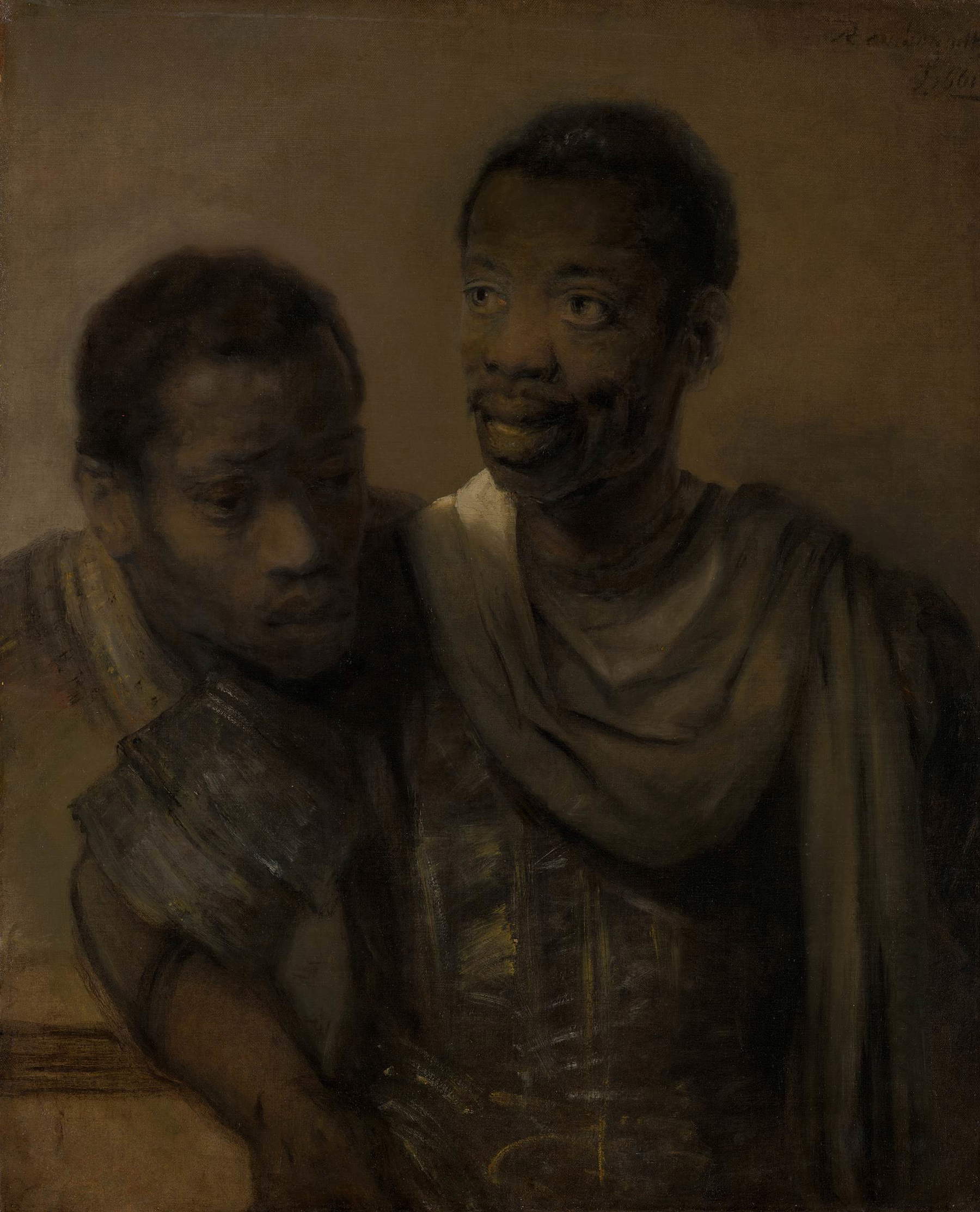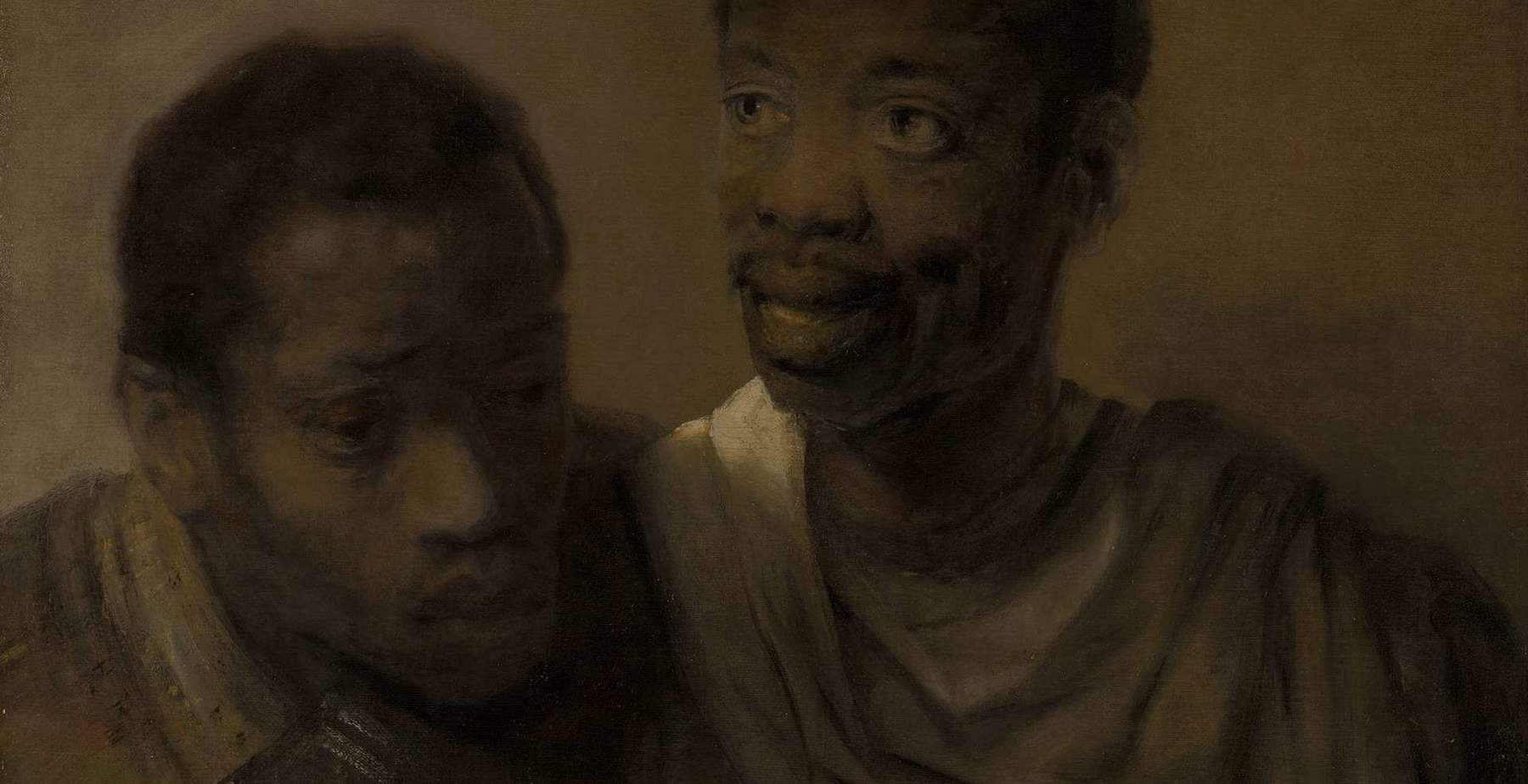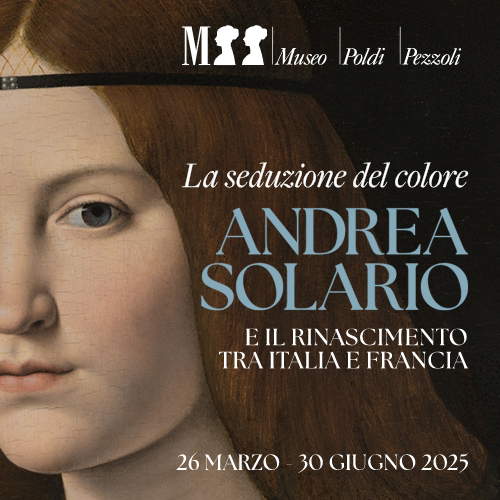In 1946 he left 25 paintings to the Mauritshuis in The Hague--now his heirs want them back
A little less than eighty years ago, in 1946, Abraham Bredius the then director of the Mauritshuis inThe Hague, one of the most important Dutch museums, bequeathed to the museum he headed a number of paintings, including works by Rembrandt, including a Double Portrait of Two African Men from 1661, an extremely rare depiction of two free black men in 17th-century Amsterdam, and thus one of the museum’s most viewed and discussed works. Now, Bredius’s heirs want back all twenty-five works that their ancestor donated to the museum.
The bizarre story was told in the past few hours by the New York Times: according to Bredius’s heirs, in fact, the Mauritshuis failed to comply with a condition of the bequest, according to which all works had to be on permanent display at all times. Only part of the core group of 25 works, however, is now on display. Thus, lawyers for the heirs filed a motion with the district court in The Hague, branding the museum’s behavior as a “serious violation” of the terms of the bequest, and demanding the cancellation of the donation and the immediate return of all works to the family. “Bredius had been very clear about what he wanted,” one of the heirs said in an interview. “It’s a slap in the face to Abraham Bredius: if he had known, he would not have granted that bequest.”

As is the museum’s practice, no statements are made to the press about ongoing disputes, and it may be some time before the case is resolved: however, in the past the institute had expressed reservations about the autography of some of the works in the bequest, and for that reason they were not exhibited. These included the Saul and David , which was removed from its wall in 2007 to dispel doubts about its autography: Bredius acquired the work in 1898, but sixty years later doubts were raised about the work. Then, in 2015, the museum confirmed the autograph and the work went back on display. According to the heirs, there would still be 20 out of 25 works not on display, and according to them, the museum in fact accepted the works in the bequest, but not the conditions.
On what will be the fate of the paintings should the heirs return to their possession, the answers varied. One of the two applicants said that “it’s not a good time to talk about it. It is a distant future.” The other, on the other hand, made his position clear: “We have no intention of selling them, it’s not a question of money. For us it is important that they get attention and that they are not in some back room where no one can see them.” Too early, of course, to tell who will eventually be proven right by a court of law.
 |
| In 1946 he left 25 paintings to the Mauritshuis in The Hague--now his heirs want them back |
Warning: the translation into English of the original Italian article was created using automatic tools. We undertake to review all articles, but we do not guarantee the total absence of inaccuracies in the translation due to the program. You can find the original by clicking on the ITA button. If you find any mistake,please contact us.



























